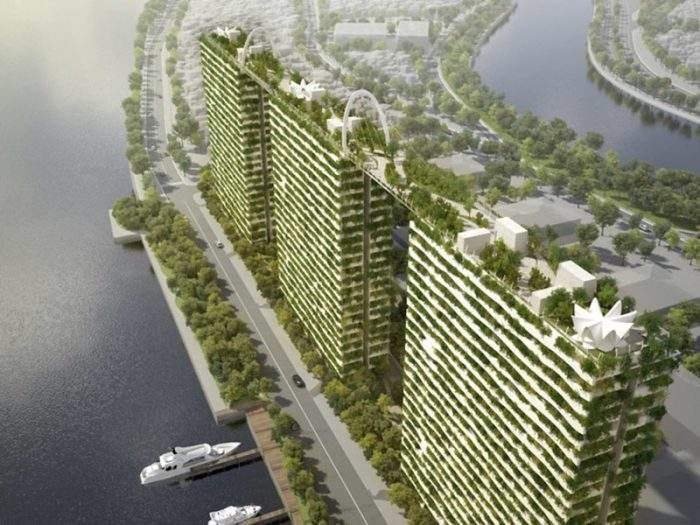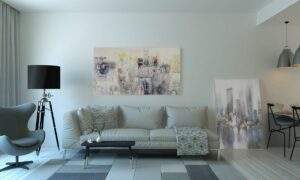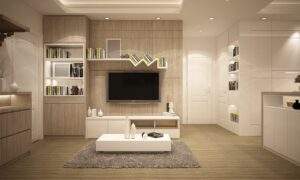Modern Technology for Construction and Management of Green Buildings

Introduction
What would perhaps, end up defining the early 20’s is the rising concern for sustainability and when the lion’s share of our cities are covered with buildings it becomes necessary for them to contribute towards the greater good. Architects have always used technology to make buildings that are more sustainable. Initially it was limited to indirect solutions like sun shading, natural ventilation, passive cooling which basically play on the environmental conditions and focus on them for greater comfort. With the need for sustainability increasing not just the architects, but everyone involved in the construction of the building has to start implementing smart solutions to ensure that the building at least has a net zero impact.
The demand and willingness to invest in sustainability is currently extremely high, and with the new technologies providing cost effective long term solutions soon creation of sustainable buildings might be the new norm. Below we look at the ways in which technology can enable the creation of green buildings for a better future.
1. Virtual Construction Process:
Historically construction design has relied on envisaging a building on the bases of 2D drawings. With the advent of BIM Services, the way architects approach building design has revolutionized. By utilizing the Building Information Model, they are able to get a representation of the final product, complete with the dimensions of time, cost and sustainability. This allows any changes in the preconstruction phase without having to actually compromise or adjust anywhere.
Moreover, BIM allows the architect and engineers to better their operational aim both in form and function. BIM essentially helps deliver higher values of design and make rapid changes right at the planning phase of the project. The intelligent 3D model also allows visualization of the project may it be with renderings, walkthroughs or even with the help of Virtual Reality. Correspondingly it also aids when it comes to customers, as they too can get a feel of the final product and make changes which would generally take place at a later stage and cost in terms of time and money.
Architects today are being innovate and implementing different methods to go green, like integrating trees and plants with buildings to soften the environmental impact. Here, virtual construction process is imperative to design, plan and construct the buildings. At every point in the construction process where the Building Information Model saves time, increases productivity, enhances design, and reduces waste and errors, is improving the building’s lifelong environmental impact. The very philosophy of sustainable construction is supported and brought to life by BIM.
2. Adding value through MEP Systems:
MEP systems play a critical role in improving energy consumption. Lighting, HVAC, water management etc. are contribute to the majority of the buildings CO2 emissions. By appropriately targeting and designing them, the efficiency of these systems can be drastically improved. MEP BIM Services here be used at every stage of the building’s lifecycle. Revit can link to energy analysis tools to perform energy analysis through the design process and evaluate various ways in which energy can be saved. Energy analysis tools can provide a whole-building analysis which also takes into account detailed weather data to give detailed energy cost projects that would lead to better decisions. By linking artificial intelligence to the MEP Systems engineers can save up a lot of energy which would perhaps be wasted due to human error. For instance: light sensors, automatically controlled air conditioning or water taps etc. By automating such functions, a lot of energy can be conserved.
3. Material Management:
Tackling global warming is another key challenge for construction industry, and for a discipline which has majorly been dependent on concrete and cement it is a mammoth task. However, there are new materials constantly coming up which are advantageous to the environment and making a difference in our built world. Self-Healing Concrete is one such example, which is created by adding micro-capsules to mixes that contain calcite-precipitating bacteria. When water cracks in the concrete, these bacteria produce limestone, filling the cracks and preventing any steel reinforcement from corroding due to prolonged exposure. This could extend the life of the concrete and reduce extensive use. Similarly, another material which is gaining traction is kinetic paving where in the energy from the people moving around the building is converted into energy. Solar panels on buildings, 4D printing etc. are all increasingly being used in building construction. BIM here is an asset full of information about the materials. With BIM tools the design team can perform life-cycle assessments on the materials and provide information that can help increase the lifecycle of the building. Moreover, when new materials are going to be used its better to understand their composition and how they will react with various environmental factors and main their integrity. BIM allows to do that without having any consequences of waste of time, resources and money.
4. Facility Management:
It is not just the construction of the buildings where sustainability comes to play, it is also the management of these buildings. With Point Cloud to BIM Services the completed builds can be scanned to update the as-designed BIM to create as-built BIM models. These models can be used for regular maintenance of all the building components. With MEP components maintenance is the key because that ensures that they are not consuming more energy or emitting high levels of carbon dioxide. Even by laser scanning old buildings, the architects and engineers can detect elements of the building which have harmful environmental effect and consequently make modifications in the building.
Conclusion:
Use of technology in the construction sector has definitely brought an ease in functioning and become a conduit in the way buildings are designed, created and how they function and operate. It is gradually creating an intelligently built world, how much of an impact will it make is to be seen in the future.






